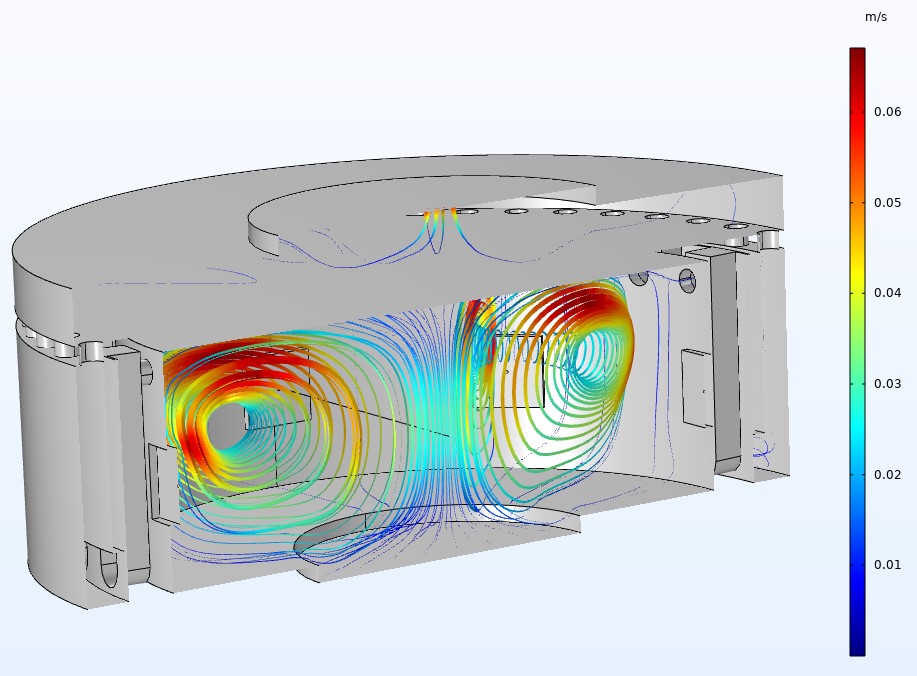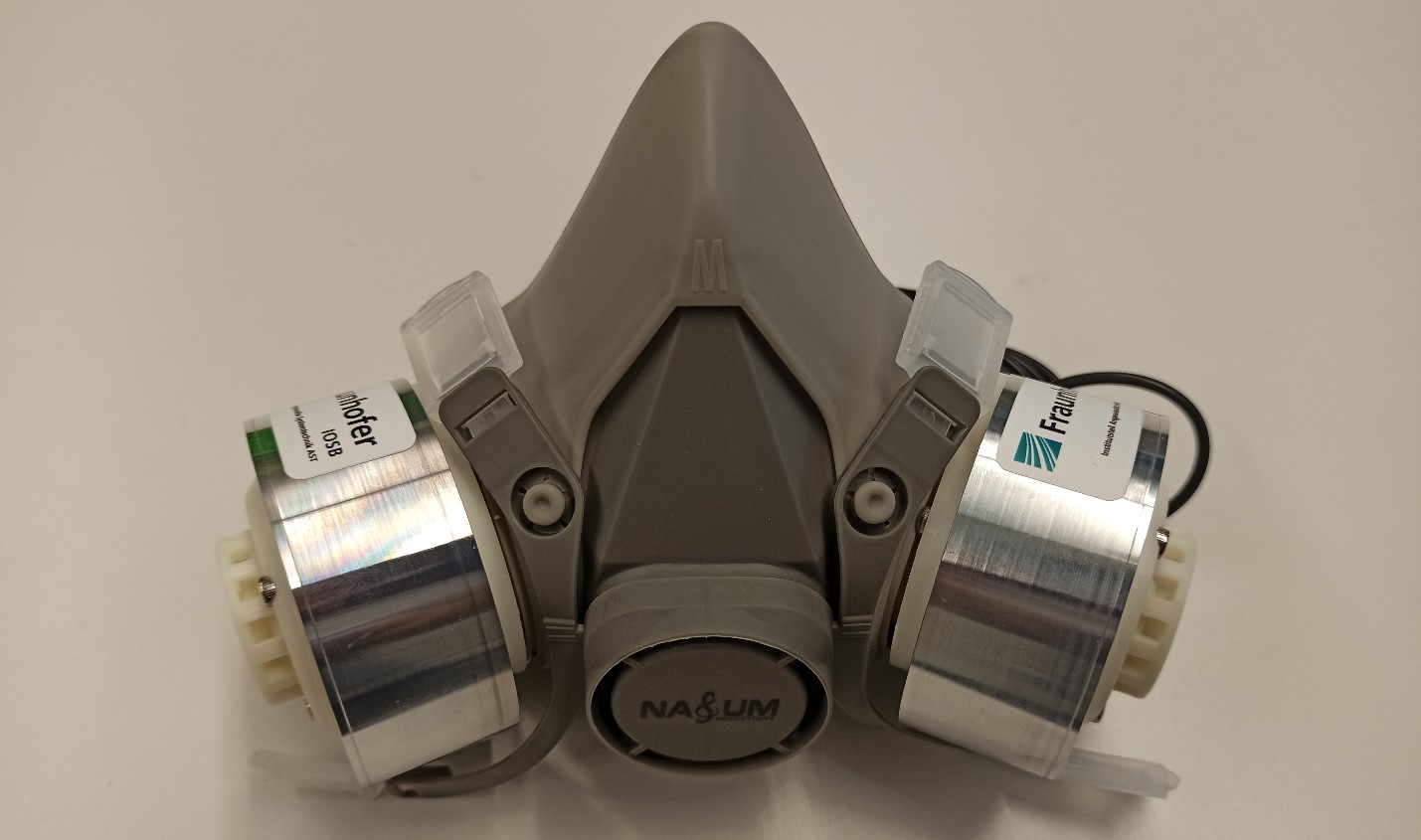


Brief Description
Accompanying research on the Corona pandemic has shown that the SARS-CoV2 virus is transmitted primarily by aerosols in the air. Respiratory protection, especially indoors, is therefore the most important tool, along with vaccination, in the fight to contain the pandemic.
Respiratory masks are based almost exclusively on elimination of aerosols by filtering action of tissues. This is cost-effective, but also has the disadvantage that a reduction in the mesh width or pore size of the filter fabric is required to increase the filtering effect. Extremely close-meshed HEPA filters H13 or even H14 are required precisely to filter the small virus particles of only a few nanometers in size. However, the more closely meshed the filter, the more difficult it is for the person to breathe because the filter has too much air resistance. Especially in the intensive care sector, where caregivers have to wear respiratory protection for very long periods of time, this is extremely physically stressful.
Project goals
The aim of the project is to investigate whether sufficient inactivation of the SARS-CoV2 virus can be technically achieved using current UVC LEDs and what UV power is required for this. In this case, a mechanical filter could be dispensed with, thus ensuring undisturbed breathing. Highly efficient UVC LEDs with an emission wavelength of 270 nm and a UV output of 100 mW per LED should therefore be used. This wavelength is very close to the disinfection maximum of 265 nm. Thus, the output of the LEDs can be lower than classical UVC mercury radiation sources due to the higher disinfection efficacy.
Since air is a flowing medium, not only the intensity of irradiation but also the dwell time in the irradiation room and the air flow are important for disinfection efficacy. A compact disinfection reactor was developed and optimized to achieve a high fluence. For this purpose, a total of 800 mW of UVC radiation was required to inactivate the SARS-CoV2 virus by a total of 6 log levels (99.9999 %) at an average respiratory flow rate of 8 l/min. To allow the module to be adapted to standard masks, a 3M mask connector was integrated. The disinfection efficacy was tested in the laboratories of the Gesellschaft zur Förderung von Medizin-, Bio- und Umwelttechnologien e.V. in Jena.
Project result
Fraunhofer IOSB-AST realized and optimized both the air disinfection reactor with integrated cooling of the LEDs and the arrangement and radiation characteristics of the LEDs. Likewise, the control electronics with airflow-dependent dimming of the LEDs was developed to save energy of the battery-powered reactor. CO2 and VOC sensor technology are planned for the future in order to draw conclusions about the health of the mask wearer.
 Advanced System Technology branch AST of Fraunhofer IOSB
Advanced System Technology branch AST of Fraunhofer IOSB